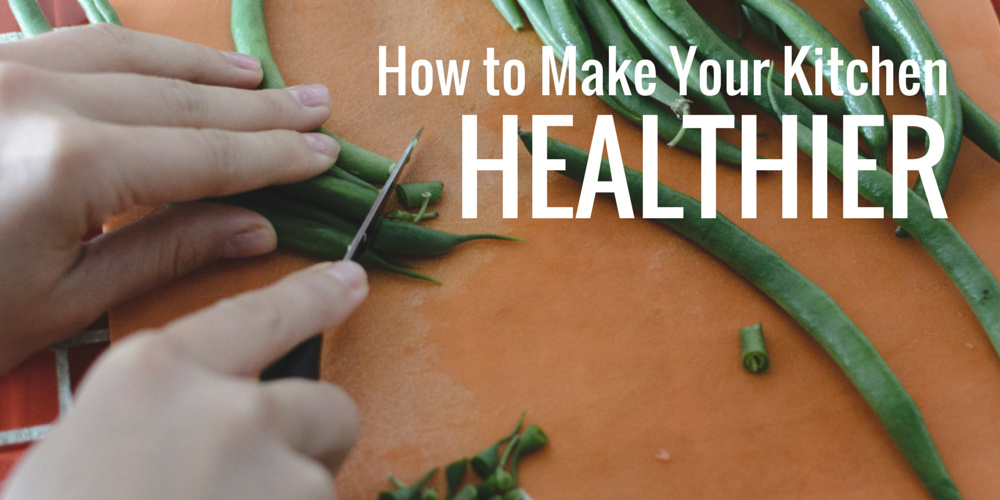We all know how easy it is to succumb to poor food choices when they surround us. If there is one among us who can honestly say that they’ve never had a piece of leftover pizza for breakfast, well, let’s consider that person superhuman.
For the rest of us an occasional poor choice may creep up when the opportunity presents itself. After all, an oatmeal cookie does have oatmeal in it, right?
The trick to healthy living is to minimize these sorts of interactions. The best way to do that is to have and maintain a healthy kitchen. So how do you go about putting together a kitchen that leads you and your family towards beneficial and successful eating habits?
Try out a few of these suggestions and you’ll be well on your way to creating healthy habits in your kitchen.
Toss the Junk Food
Having high-fat, high-calorie options in your home is a temptation. Give yourself a break from having to resist the goodies by not even bringing them into the house. You know the phrase, “out of sight, out of mind?” This is a perfect example of how that phrase works in real life.
Prepackage Healthy Snacks
As you toss out your junk food, begin to stock up on snacks that are aligned with your healthy eating plan. Prepackage servings of each food in plastic baggies or reusable storage containers to make it easier for grabbing on the go. Fruits and veggies are a great choice, as well as snacks high in protein, as they keep you fuller longer.
Consider these:
- Travel-ready fruits like bananas or oranges
- Nuts (almonds, cashews, peanuts, pistachios), lightly salted
- String cheese
- Hardboiled eggs
- Celery and peanut butter
- Greek yogurt
Replace White Bread and Pasta With Whole Grains
Whole grain bread and pasta are rich in nutrients and fiber, much more so than their bleached white counterparts. Look for food labels that specify “whole wheat” or “whole grain” to ensure that you are getting healthy, complex carbs as part of your diet.
Cook With Olive Oil Instead of Butter or Margarine
Whether you are cooking chicken in a frying pan or roasting vegetables, olive oil is an excellent alternative to butter or margarine. Rich in antioxidants and healthy fats, it’s known to be an agent that acts to prevent certain heart diseases and conditions. Light olive oil can be used as a substitute in baking, as it has a lighter and less noticeable flavor, so it won’t taint the taste of certain baked goods.
Choose Low-Calorie Beverages
The best choice, of course, is water. If you’re in need of a little something different, try seltzer water, which has just a hint of fizz but no calories. Add seltzer to cranberry juice for a fun mock-tail. Swap your whole milk for 1 percent or skim, or give almond milk a try, as it can have numerous health benefits and is great for those with lactose intolerance.
Get Rid of High-Sodium Frozen Meals
The idea and ease of frozen meals makes them desirable for families on the go, but many companies load these products with high levels of sodium. Avoid them or opt for lighter frozen meals that contain lower fat and sodium. If you can’t find something favorable in the frozen section, try making your own.
Healthy living comes down to having and maintaining a healthy kitchen. By stocking your cabinets and fridge with healthy eating choices, eating well will be easier for the whole family.
